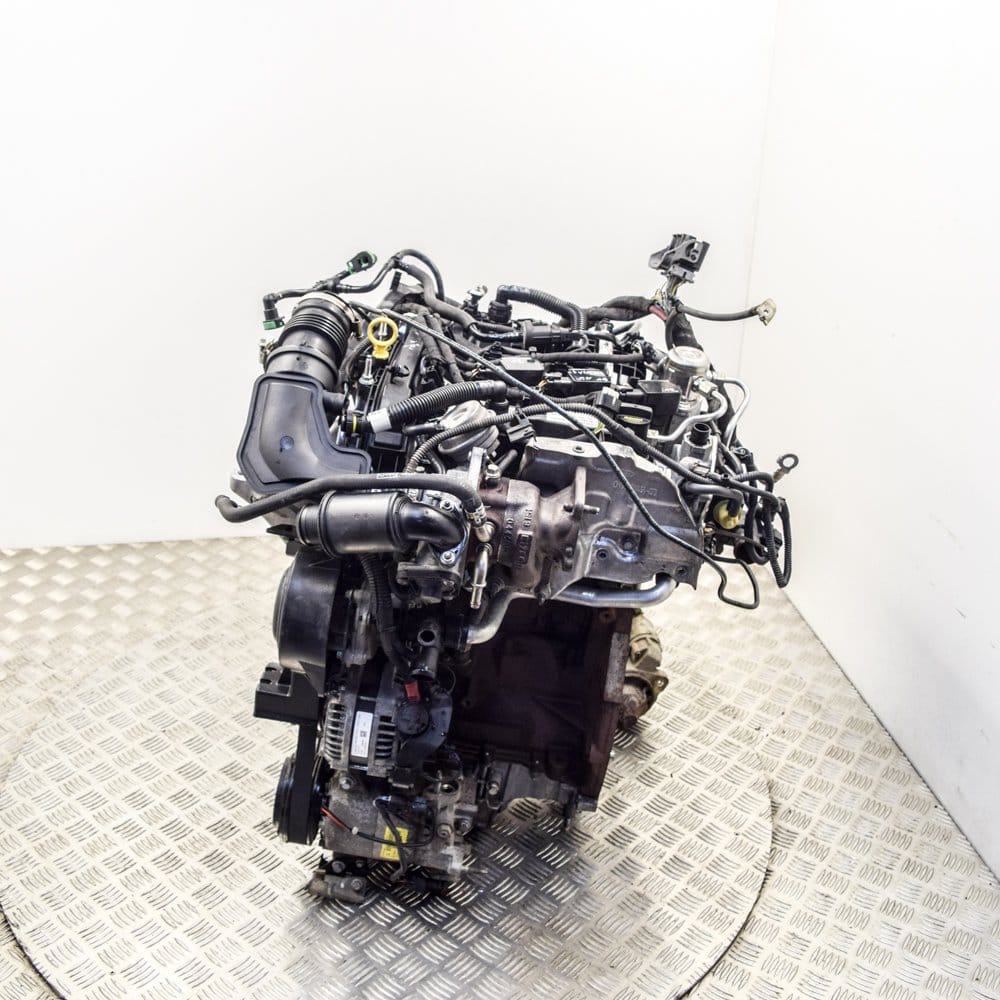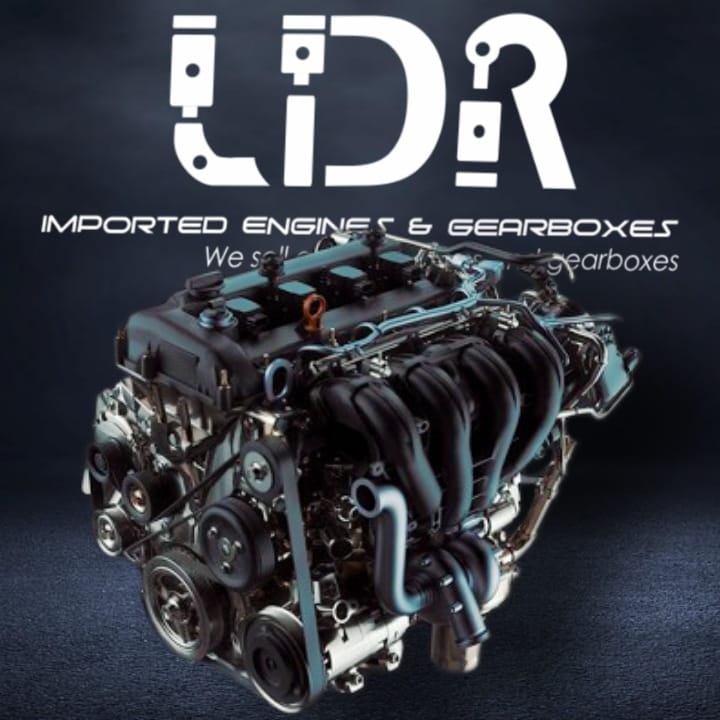Unlocking the Power of Engines: A Comprehensive Overview to Efficiency and Effectiveness
Understanding the intricate technicians of engines is crucial for both efficiency lovers and daily drivers. By checking out vital metrics such as horsepower and torque, one can appreciate how tuning methods improve effectiveness while dealing with ecological issues. Routine maintenance plays a critical function in sustaining optimum performance over time. As the automotive landscape shifts in the direction of electrification and advanced technologies, the concern develops: how can we properly adjust to these adjustments while taking full advantage of engine capacities? The answers might redefine our approach to engine performance and performance in methods that are both enlightening and crucial.
Comprehending Engine Fundamentals
What comprises the basic auto mechanics of an engine? At its core, an engine is a maker made to convert fuel into mechanical power via a series of regulated explosions or burning procedures. The main elements include the cyndrical tube, piston, crankshaft, camshaft, and shutoffs. The cyndrical tube functions as the chamber where combustion takes place, while the piston moves within the cylinder to convert the power from combustion right into linear activity (ford fiesta engine).
The crankshaft then changes this direct movement into rotational energy, which ultimately powers the lorry. The camshaft manages the opening and closing of the shutoffs, controling the intake of air and fuel and the expulsion of exhaust gases. Furthermore, the engine counts on a thoroughly calibrated fuel-air blend, ignition system, and cooling down system to ensure ideal efficiency and performance.
Comprehending engine basics additionally entails identifying the value of engine cycles, such as the four-stroke cycle, which consists of consumption, compression, exhaust, and power strokes. Each phase is essential in making certain the engine functions efficiently and properly. Mastery of these fundamental auto mechanics lays the foundation for exploring more intricate engine dynamics and performance metrics, important for enhancing both power result and effectiveness.
Trick Performance Metrics
Trick performance metrics are crucial for evaluating an engine's effectiveness and power outcome, giving valuable insights for both consumers and makers. These metrics work as criteria for engine efficiency, enabling informed choices in design, manufacturing, and getting.
One of the primary metrics is horsepower, which measures the engine's capacity to do job over time. Torque, determined in pound-feet, is one more important metric that indicates the engine's rotational pressure, straight influencing velocity and pulling capability. Gas effectiveness, commonly determined in miles per gallon (MPG) or litres per 100 kilometers (L/100km), evaluates exactly how effectively the engine converts gas right into movement, impacting functional prices and environmental factors to consider.
Furthermore, thermal efficiency procedures how well an engine converts fuel energy right into valuable work, disclosing understandings into power losses mostly via warm. Emission degrees, including CO2 and NOx, are additionally crucial, reflecting the engine's ecological influence and compliance with governing requirements.

Tuning Methods for Performance
Tuning strategies play a substantial function in improving engine performance by optimizing performance metrics determined in earlier discussions (ford fiesta engine). Various approaches exist to adjust an engine, each adding to improved gas economy and decreased discharges
One effective method is readjusting the air-fuel look at this site proportion, making sure the engine operates within the ideal burning regimen. A leaner mixture can improve gas efficiency, yet it should be stabilized to stop misfires or engine knock. In addition, reprogramming the engine monitoring system can recalibrate criteria such as ignition timing, which better improves performance while preserving power result.
Another crucial technique involves changing the consumption and exhaust systems. Upgrading to high-performance air filters and exhaust headers can minimize back stress, facilitating much better airflow. This allows the engine to take a breath more openly, leading to boosted burning effectiveness.
Additionally, the application of innovative adjusting devices, like dyno testing, provides exact data that enables targeted adjustments. Frequently keeping track of these efficiency metrics guarantees that tuning efforts generate the wanted effectiveness results. Collectively, these strategies not only reinforce engine efficiency yet also contribute to long-term sustainability in engine procedures.
Maintenance for Optimum Efficiency
Regular engine upkeep is vital for achieving optimal performance and durability. A properly maintained engine not only operates effectively yet also decreases the risk of pricey repair work and breakdowns. Trick elements calling for regular focus include oil, filters, belts, and ignition system.
Transforming the engine oil at suggested periods is vital, as oil lubricates relocating parts and avoids overheating. Changing oil and air filters makes Visit This Link sure that impurities do not hinder engine feature. Ignoring these elements can lead to lowered effectiveness and potential engine damage.
Furthermore, evaluating and replacing used belts and pipes is essential to prevent unexpected failings. Timing belts, in certain, need to be replaced according to the maker's routine to stay clear of disastrous engine damages.
Spark connects should also be inspected and changed as essential, considering that they play a crucial duty in ignition and gas efficiency.
Future Trends in Engine Modern Technology
Welcoming improvements in modern technology, the future of engine design is positioned to revolutionize efficiency and effectiveness throughout different applications. Crossbreed and completely electrical powertrains are becoming significantly mainstream, providing decreased exhausts and boosted fuel effectiveness.
In addition, developments in products science are causing lighter, more powerful components that enhance engine performance while decreasing energy usage. Advanced production strategies, such as 3D printing, enable the development of complicated geometries that boost air flow and thermal administration, therefore optimizing combustion processes.
In addition, the integration of artificial you can find out more intelligence and artificial intelligence is readied to change engine diagnostics and efficiency tuning. These technologies can examine vast quantities of data in genuine time, allowing anticipating maintenance and tailored performance improvements.
Verdict
Finally, opening the power of engines requires a thorough understanding of their auto mechanics and efficiency metrics. Applying effective tuning methods and sticking to routine maintenance techniques considerably improve engine abilities. As the automobile landscape evolves, welcoming future fads in technology, including electrification and progressed production, will be critical for maximizing efficiency and efficiency. This extensive method not just benefits fanatics but likewise adds to lasting services in the world of automobile engineering.
Furthermore, the engine relies on a carefully calibrated fuel-air combination, ignition system, and cooling system to make sure ideal performance and efficiency.
Understanding engine basics also entails identifying the importance of engine cycles, such as the four-stroke cycle, which consists of intake, exhaust, compression, and power strokes. Mastery of these fundamental technicians lays the groundwork for checking out more complicated engine characteristics and performance metrics, necessary for optimizing both power output and efficiency.

Accepting developments in technology, the future of engine style is positioned to change efficiency and performance across numerous applications.
Comments on “Protect Your Investment with Proper Ford Fiesta Engine Maintenance”